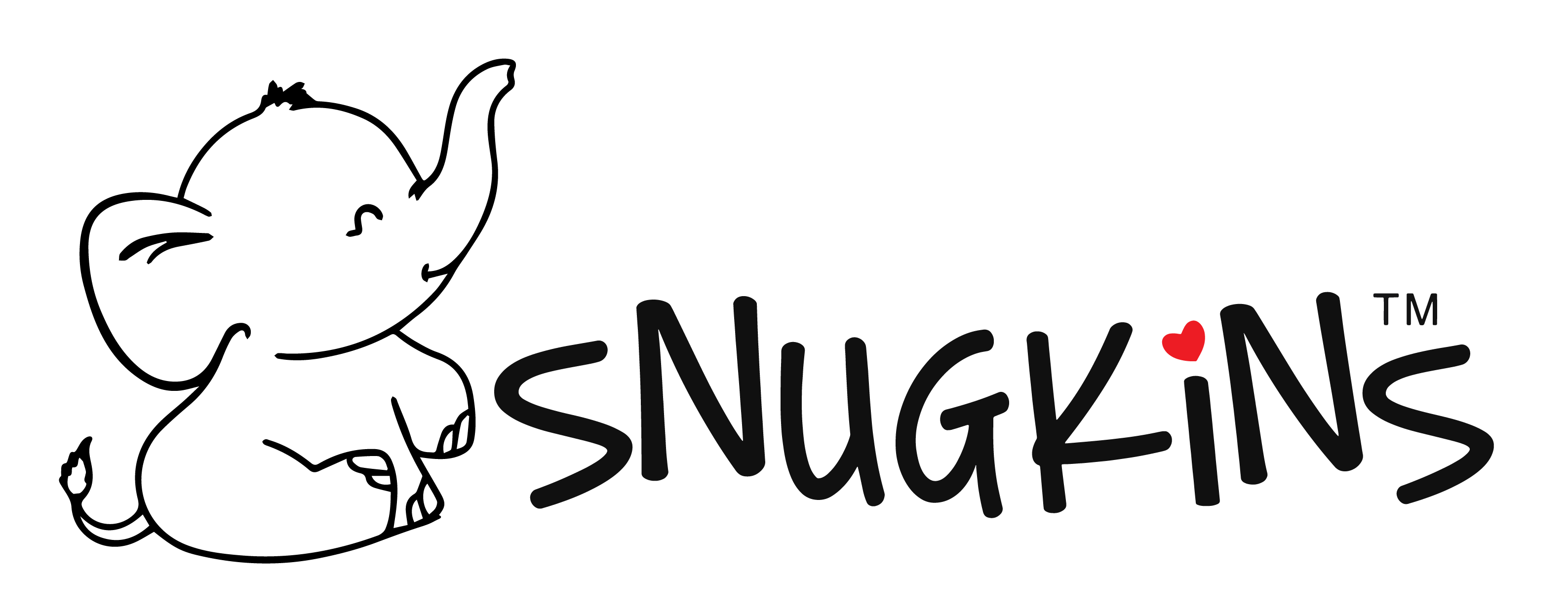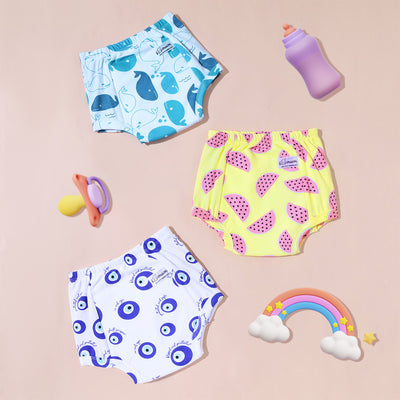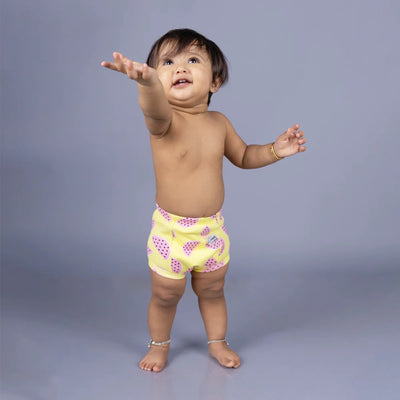What to Do When Your Child Refuses to Sit on the Potty
Potty training is a major milestone for both kids and parents. If your child won’t even sit on the potty, don’t panic - it’s a common phase that many families go through during the potty training journey. It can be frustrating, stressful, and confusing, especially when it feels like other kids the same age are making progress.
Why Your Child Might Refuse the Potty
Understanding the reasons behind potty resistance is the first step toward finding the right solution
-
Fear of the unknown: Sitting on a potty seat can feel unfamiliar and even scary at first.
-
Control issues: Toddlers are developing independence. Saying "no" is a way to assert control.
-
Previous negative experiences: If they’ve had accidents or been scolded, they may feel anxious.
-
Not ready yet: Every child develops at their own pace, and some aren’t physically or emotionally ready at the same age as others.
Solutions to Encourage Potty Training
1. Create a Positive Potty Environment
Start by making the bathroom feel like a safe and welcoming space. Allow your child to become comfortable with the potty chair gradually. Using familiar books, songs, or toys can turn it into a positive experience.
Some parents also find success by keeping a potty in the living room or playroom to reduce urgency and make it part of daily life.
2. Use Potty Training Pants or Padded Underwear
Transitioning from diapers to potty training pants or padded underwear can signal to your child that they're entering a new phase. These products feel more like real underwear but offer protection in case of accidents.
Snugkins offer comfortable and reusable training pants that are soft on the skin and come in fun prints kids love. The padding provides peace of mind while your child gains confidence.
3. Model and Demonstrate
Children learn by watching. If appropriate, let them see a parent or older sibling using the toilet. Talk them through the steps - flushing, wiping, washing hands - to remove the mystery and build familiarity.
4. Never Force the Issue
Forcing your child to sit on the potty can backfire and cause fear or anxiety. Instead, offer gentle reminders and praise for any progress, even if it's just sitting on the potty with clothes on.
Let them take small steps: sitting on the potty fully clothed, then without a diaper, then attempting to go. Celebrate each win.
5. Stick to a Routine
Kids thrive on routine. Prompt your child to sit on the potty after meals, before naps, and before bedtime. Place the potty in a spot they can easily find and gently ask.
Even if they say no, stay calm and supportive. Avoid punishment or shaming.
Make It Fun
Turn potty training into a game. Use stickers, small rewards, or a potty chart to celebrate effort. There are plenty of potty-themed books and songs that make the process light-hearted and less stressful.
Using colorful potty training pants with fun prints or characters from Snugkins can make your child excited to wear their “big kid” underwear.
When to Take a Break
If potty refusal turns into a daily struggle, try taking a break for a few weeks. Giving your child some time to reset without pressure often makes a big difference. Remember, potty training with pants is a gradual journey, not a race.
Final Thoughts
Potty training can be challenging, and that’s okay. If your child resists sitting on the potty, know that many parents face the same struggle. With consistency, encouragement, and tools like padded underwear or training pants, your child will get there. Be patient, trust the process, and celebrate the little wins along the way.
Snugkins offers comfortable, reusable potty training pants designed to support this important transition - making the journey less messy and more manageable. With the right mindset and the right tools, your little one will gain confidence, one step at a time.
FAQ: Potty Refusal in Toddlers
1. What if my child screams when I ask them to sit on the potty?
Try backing off for a few days. Don’t force it - focus on building comfort with the potty without pressure. Make it part of their routine again slowly.
2. Can I potty train using training pants instead of diapers?
Yes! Potty training pants are designed for this stage - they help children feel when they’re wet while offering some protection. They’re great for transitioning.
3. How long does potty training usually take?
It varies. Some kids train in a few weeks, others take several months. Patience is key - every child is different.
4. Are padded underpants better than diapers for potty training?
Yes, padded underwear helps kids feel more like they’re wearing real underwear, which encourages independence and awareness of accidents.
5. At what age should I worry if my child won’t use the potty?
Most kids potty train between 2 - 4 years old. If your child is over 4 and showing no interest, it may be worth speaking to your pediatrician.















